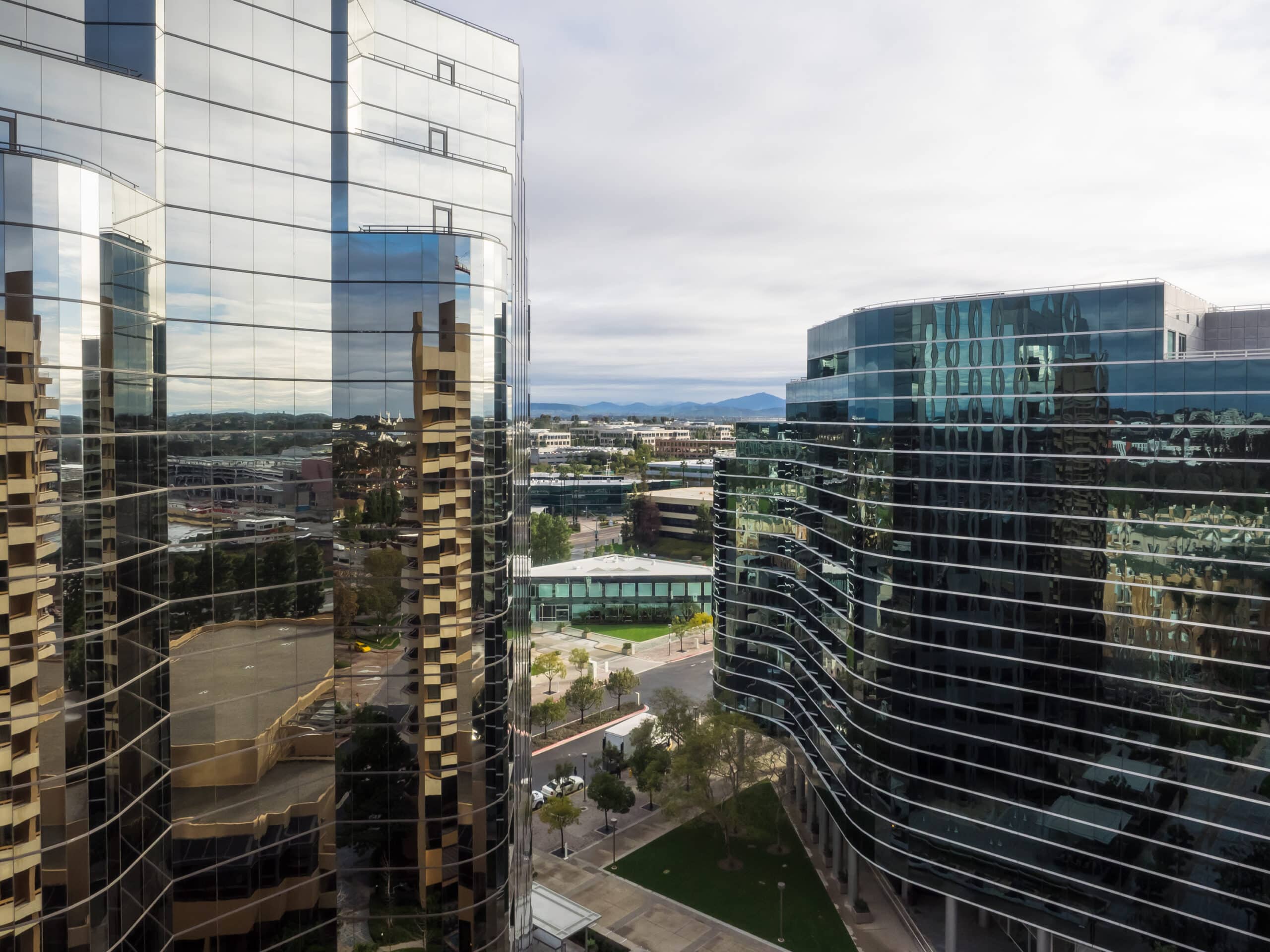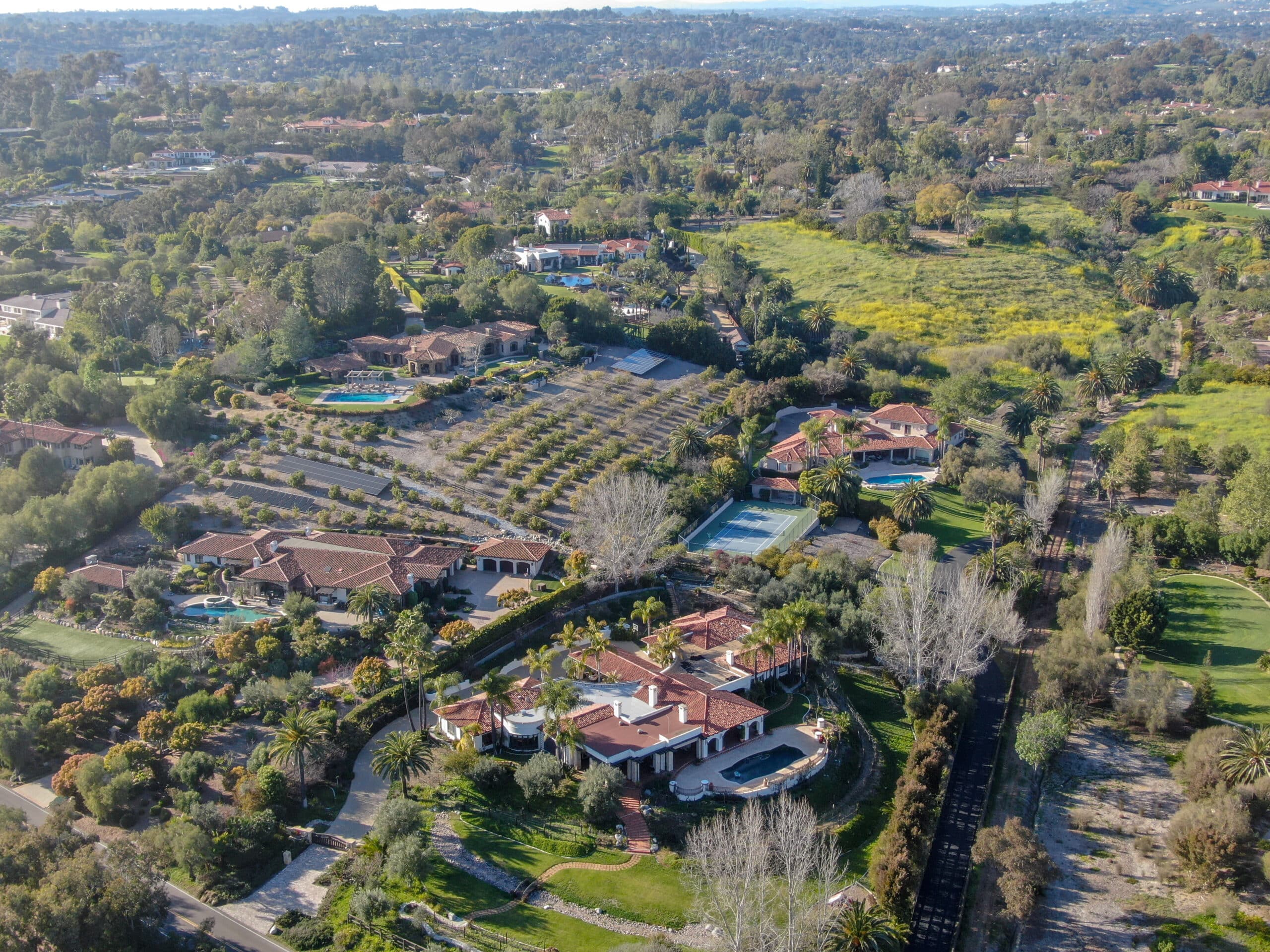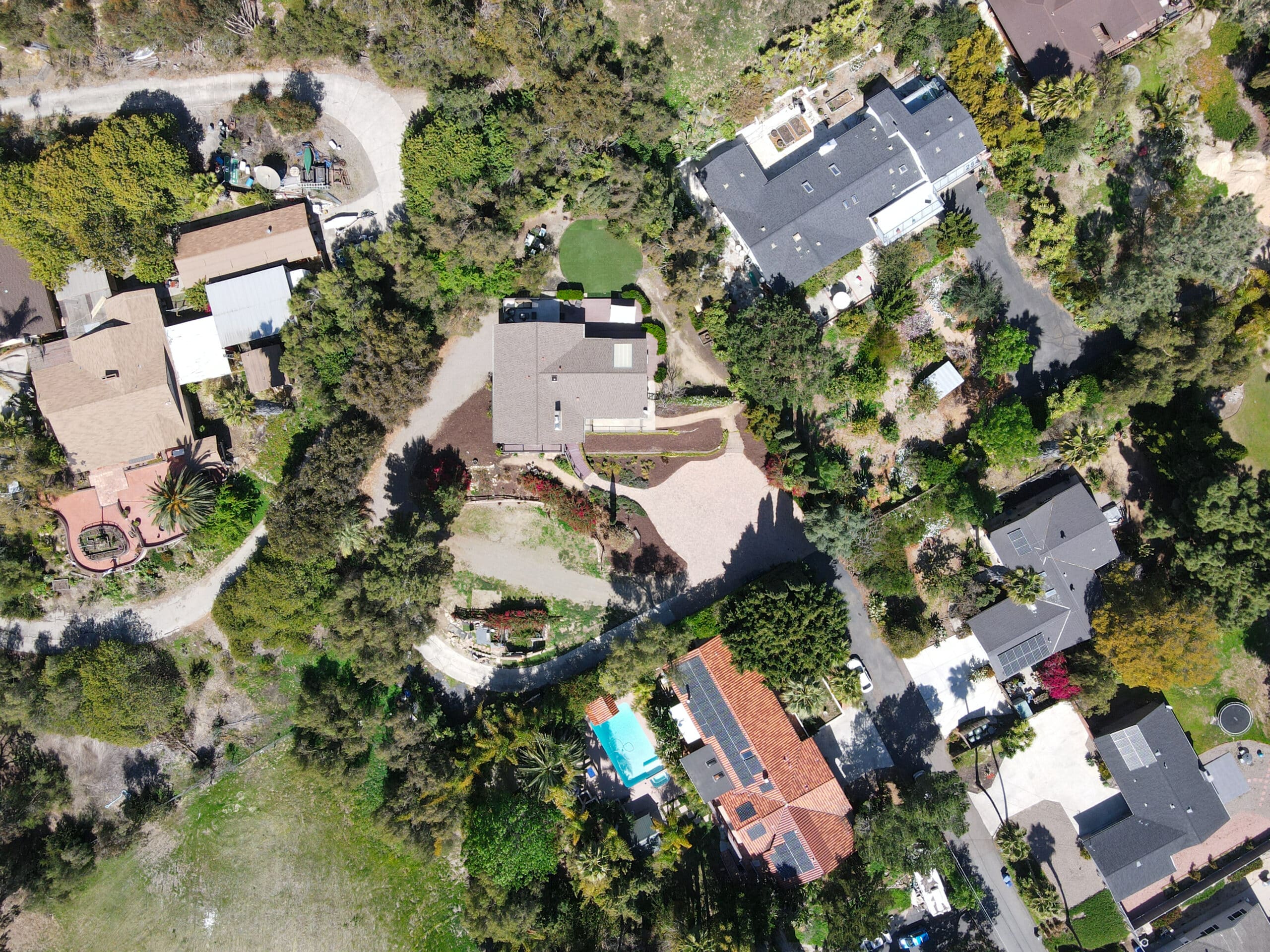Estimated reading time: 6 minutes
Securing outdoor events presents a complex challenge in the stunning city of San Diego, known for its varied terrain, from sun-kissed beaches to bustling urban spaces. This article delves into five critical strategies for ensuring the safety and security of such events, tailored specifically to the unique demands of San Diego’s diverse landscapes. This guide is an indispensable resource for professionals orchestrating safe, large-scale outdoor events, covering essential aspects like environmental hazard preparedness, adaptation of security measures for open spaces, deploying advanced communication systems, leveraging cutting-edge technology, and specialized training for security personnel. Whether it’s a beach festival or an urban concert, these strategies provide a comprehensive approach to managing and mitigating risks in San Diego’s multifaceted outdoor settings.
Table of contents
Strategy 1: Environmental Hazard Preparedness
Assessing and Mitigating Natural Risks
San Diego’s varied terrains, from coastal zones to urban parks, are subject to distinct natural hazards. Coastal areas may face risks like high tides and flooding, while urban settings might confront issues like heat waves or unexpected weather changes. Advanced security plans must include thorough environmental risk assessments. This involves consulting with local environmental experts, analyzing historical data on weather patterns, and understanding the specific challenges of each locale. Based on these assessments, contingency plans should be developed, ranging from evacuation routes to temporary shelter strategies, ensuring quick adaptation to any natural hazard.
Equipment and Resources for Environmental Challenges
Effective management of environmental hazards requires specialized equipment and resources. For beach events, deploying water-resilient communication devices and amphibious rescue units can be critical. In contrast, urban outdoor events may require heat-resistant materials and portable cooling systems to address extreme temperatures. It’s essential to have a well-stocked inventory of context-specific emergency supplies, such as first aid kits tailored to the environment, and to train security personnel in their use. Collaborating with local environmental management agencies can also provide access to additional resources and expertise.
Strategy 2: Adapting Security Protocols for Open Spaces
Tailoring Surveillance to Landscape Features
Surveillance in open spaces, such as San Diego’s beaches or parks, demands an approach different from enclosed venues. The lack of natural barriers in these areas requires increased surveillance points. Utilizing a combination of static, mobile, and aerial surveillance technologies, such as drones equipped with high-resolution cameras, helps cover vast areas effectively. Additionally, employing thermal and night vision capabilities ensures round-the-clock monitoring. The key is to integrate these technologies seamlessly, creating a comprehensive surveillance network that can adapt to the specific features of each terrain.
Crowd Control in Spacious Environments
Managing crowds in open, spacious environments poses distinct challenges. Unlike enclosed spaces with clear entry and exit points, open spaces may have multiple access points, requiring strategic placement of barriers and checkpoints. Implementing a zonal approach to crowd control can be effective, dividing large areas into manageable sections, each with its own monitoring and response team. Additionally, deploying rapid response units on all-terrain vehicles ensures swift movement across different landscapes, enabling immediate intervention.
Strategy 3: Advanced Communication Systems for Diverse Terrains
Implementing Terrain-Specific Communication Tools
Effective communication is crucial for security, especially in varied terrains where conventional systems may falter. For beach areas, waterproof and sand-proof communication devices are essential. In contrast, urban settings might require systems penetrating concrete structures or handling dense networks. Investing in advanced communication technologies, such as satellite phones or mesh network radios, ensures reliable connectivity in any environment. These systems are regularly tested and updated to keep pace with technological advancements and changing environmental conditions.
Coordinating with Local Authorities and Emergency Services
Establishing robust communication channels with local authorities and emergency services is vital. This includes having direct lines of contact and ensuring compatibility of communication systems. Setting up a centralized command center for large-scale events that integrates inputs from various sources, including local police, fire departments, and medical teams, enables coordinated responses to any situation. Regular joint drills and meetings with these entities enhance understanding and efficiency in communication, especially in crisis scenarios.
Strategy 4: Leveraging Technology for Enhanced Security

Integrating Advanced Surveillance Technologies
Incorporating cutting-edge surveillance technologies is critical to effective security in diverse terrains. This includes high-definition cameras with facial recognition capabilities, motion sensors, and automated alert systems. Deploying AI-driven analytics can help analyze large volumes of data from these devices, identifying potential threats more rapidly. For instance, in crowded beach events, AI can assist in crowd density analysis, spotting unusual movements or behaviors that might indicate a security threat.
Utilizing Biometric and RFID Systems
Biometric systems, such as fingerprint and iris scanners, enhance security at access points, providing a foolproof method of identity verification. In conjunction with RFID (Radio Frequency Identification) technology, which can track the movement of individuals and assets within the event space, these systems offer a sophisticated means of monitoring and controlling access. In expansive outdoor settings, these technologies help in quick identification and tracking of individuals, aiding in both security management and in case of emergencies.
Strategy 5: Specialized Training for Security Personnel
Training for Terrain-Specific Challenges
Security personnel must be adept at navigating and responding to the unique challenges of San Diego’s varied terrains. This includes specialized training for beach security, like swift water rescue and handling waterborne threats, and urban terrain training, focusing on crowd management and urban navigation skills. Regular drills and simulations in these environments ensure that security teams are well-prepared for any scenario, enhancing their effectiveness and response times during actual events.
Advanced Crowd Management Techniques
In addition to terrain-specific skills, advanced crowd-management techniques are essential for maintaining order and safety at significant outdoor events. This involves training in behavioral analysis to detect potential disturbances, crowd psychology to understand and predict crowd movements, and de-escalation techniques to handle conflicts or panic situations. By equipping security personnel with these skills, they can effectively manage large groups of people, ensuring a safe and secure environment for all attendees.
Conclusion
In conclusion, securing outdoor events in San Diego’s diverse and challenging terrain demands a strategic, multifaceted approach. The five key strategies outlined in this article—environmental hazard preparedness, adapting security protocols for open spaces, advanced communication systems, leveraging technology, and specialized training for security personnel—provide a robust framework for addressing the unique challenges of different landscapes. Emphasizing the importance of collaboration with local authorities, using state-of-the-art technologies, and continuously training security teams, this guide equips security professionals with the tools and insights necessary to effectively manage any outdoor event in San Diego. By implementing these strategies, organizers can safeguard their events against potential risks and enhance the overall experience for everyone involved, maintaining San Diego’s reputation as a premier destination for safe and successful outdoor events.












